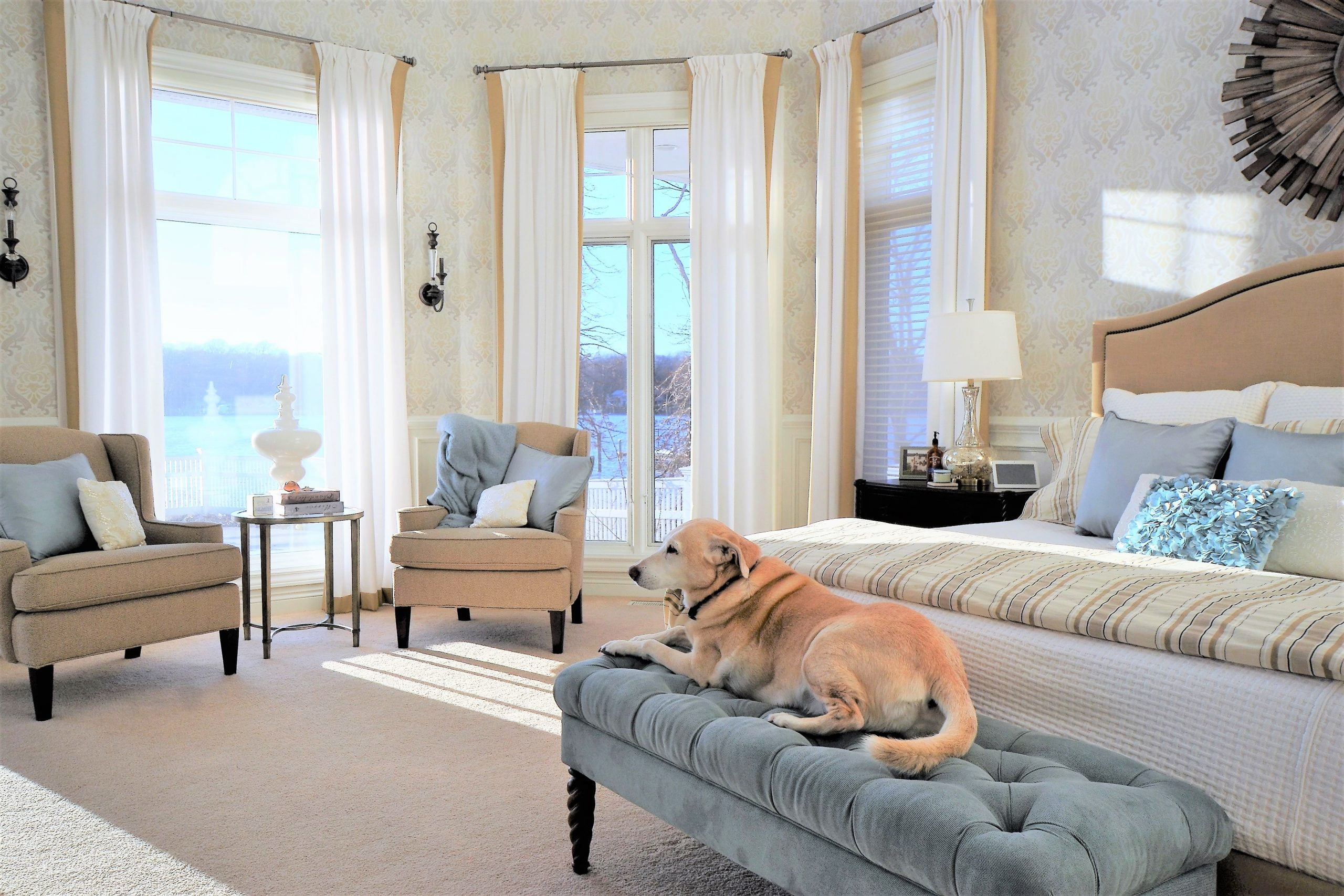6 Reasons why secondary glazing is Better than Double Glazing
Do you want to replace your outdated windows? Not sure which one would work best for you? Secondary glazing vs double glazing?
Firstly, let’s discuss what is secondary and double glazing.
Secondary glazing involves adding an additional layer of a pane of glass or plastic to an existing window. This is then fitted inside the existing window frame. You can remove or open the pane for fresh air or cleaning purposes.
Double glazing is a window comprising two panes of glass. Double-glazed windows have two panes of glass. The space between these panes can be filled with either air or argon gas. The gas creates an insulating barrier. This gas is a poor conductor of heat. Thus, it keeps warm air trapped inside a building. This improves energy efficiency.
Both secondary glazing and double glazing are ways to increase the energy efficiency of windows. However, there are some cases where secondary glazing may be better than double glazing for certain reasons.
We have highlighted the Top 6 reasons that you should consider when choosing between Secondary Glazing vs Double Glazing. Continue to read to find out more…
1) Cost Effective
Secondary glazing can be a more cost-effective option compared to double glazing, as it generally involves lower installation costs. Double glazing often involves the replacement of the entire window unit, including the frame, which can be more expensive than adding an additional layer of glazing with secondary glazing. Secondary glazing and double glazing are both effective, however secondary glazing is more cost-efficient and budget-friendly than double glazing. Find out the Secondary Glazing Cost in 2023.
2) Retaining Original Window
If you live in a heritage or a listed building, changing your windows would require planning permission and this could be a problem for most people. Secondary glazing allows you to retain your original window design, without altering the window’s features. However, Double glazing does not offer the flexibility. Secondary glazing allows you to improve the energy efficiency of the windows without changing their appearance from the outside, which can be important for maintaining the historical integrity of the building. Find out why you need secondary glazing for heritage and listed buildings.
3) Flexibility and Reversibility
As we mentioned early on, Secondary glazing is typically a removable or reversible solution, which means that it can be easily added or removed as needed. This can be beneficial in situations where you may not want a permanent alteration to the window or if you live in a rental property. It also allows for flexibility in choosing when to use the secondary glazing, such as during colder months, and removing it during warmer months when insulation may not be as critical. Unlike double glazing, which involves permanently replacing the existing windows, secondary glazing is easily reversible giving you peace of mind.
4) Noise Reduction
Secondary glazing can provide effective noise reduction benefits by creating an additional layer of insulation that can help block out external noises. This is especially useful for buildings in noisy environments or near busy roadways. Secondary glazing often causes less disruption than double glazing because it does not need the removal or replacement of existing window frames or panes.
5) Minimal Visual Impact
Secondary glazing is less visible from the exterior compared to double glazing, as it is installed on the interior side of the window. This can be preferred by those who want to maintain the original appearance of their windows from the outside. This is also important for the houses listed which can’t change the design of the window.
6) Suitable for rental properties
As mentioned above, Secondary glazing can be a practical option for rental properties, as it can be easily installed and removed without making permanent alterations to the windows, allowing for flexibility in changing tenants or moving to a new location.
Conclusion
Secondary glazing is a versatile option as it can be easily installed on various window types, including sash windows, casement windows, and sliding windows, without the need for replacing the entire window unit.
In conclusion, secondary glazing may be chosen over double glazing in some circumstances where preservation laws, noise reduction, affordability, flexibility, or particular thermal performance needs are crucial factors. To choose the ideal window solution, it’s critical to evaluate your unique requirements and seek professional advice.
We at Granada Secondary Glazing have been installing secondary glazing for over 35 years.
Check out Our energy-saving calculator, which will help with how much money our secondary glazing products could save you.
why not call us today on 0333 259 2894 or fill in a form online our experts will be in touch ASAP.
Download this handy guide to find out how secondary glazing can positively impact your home.
